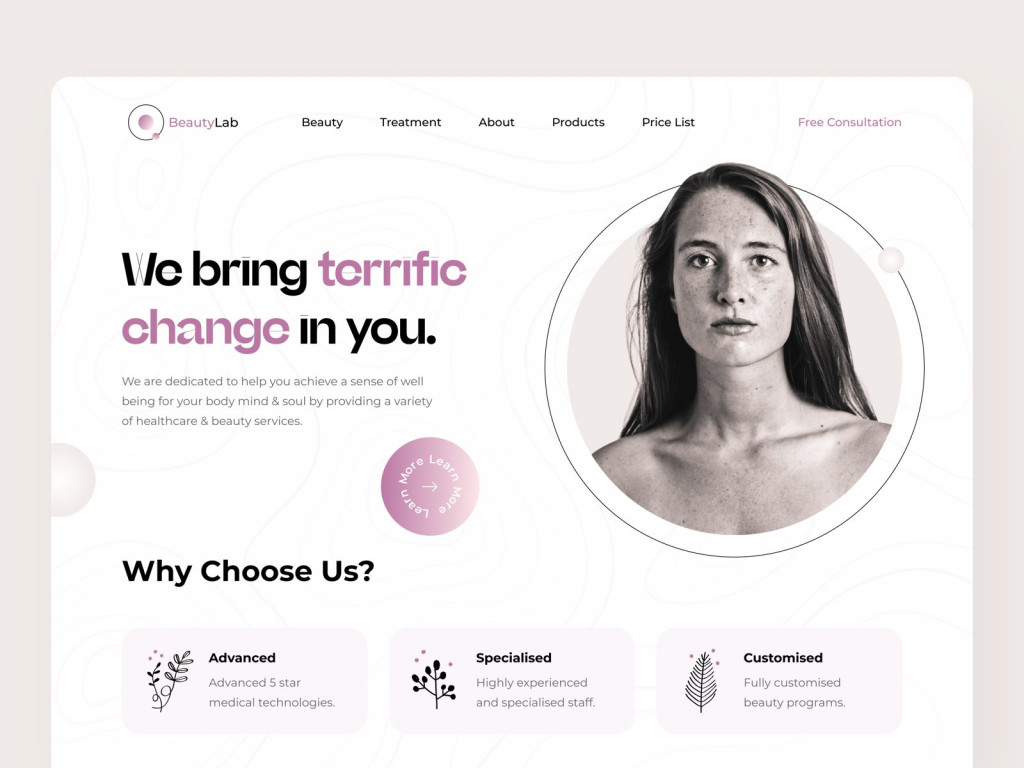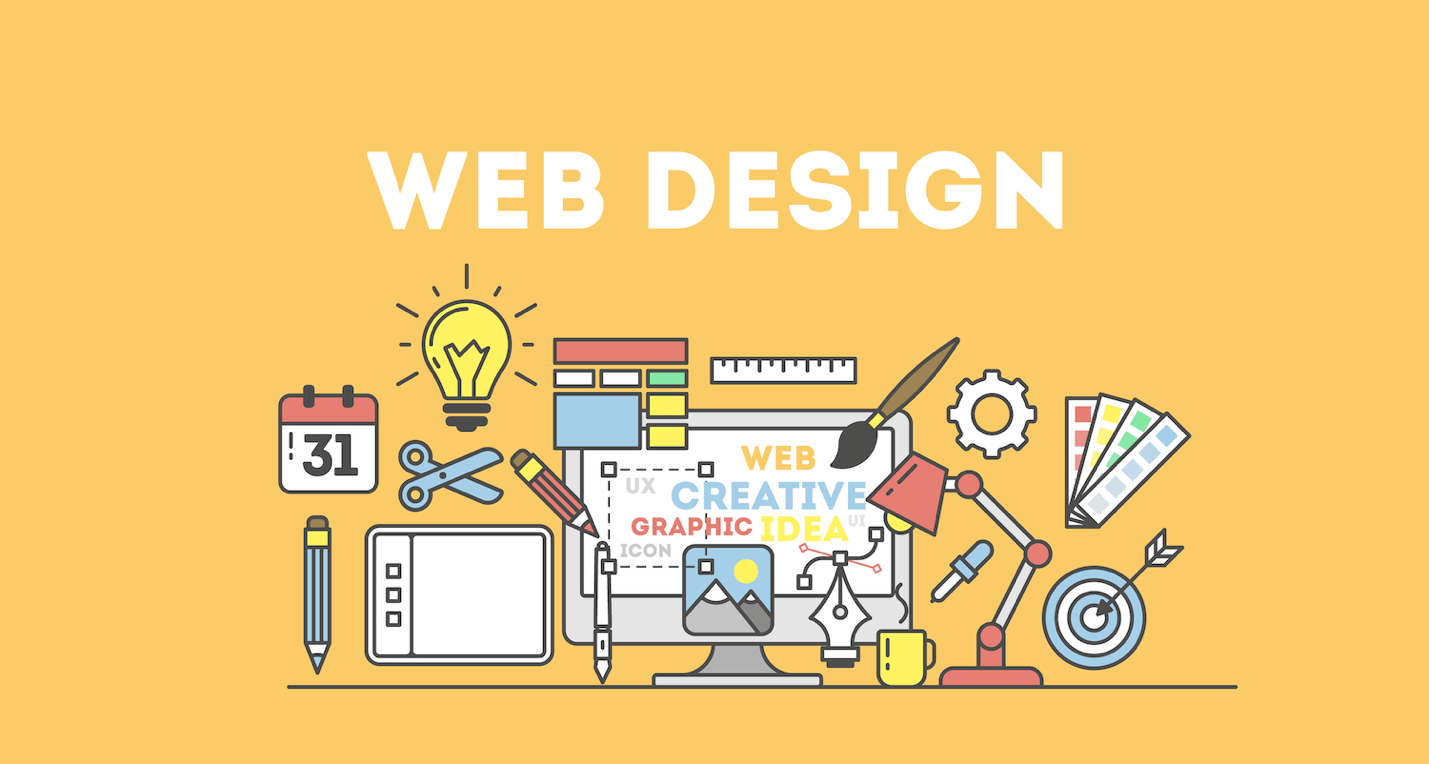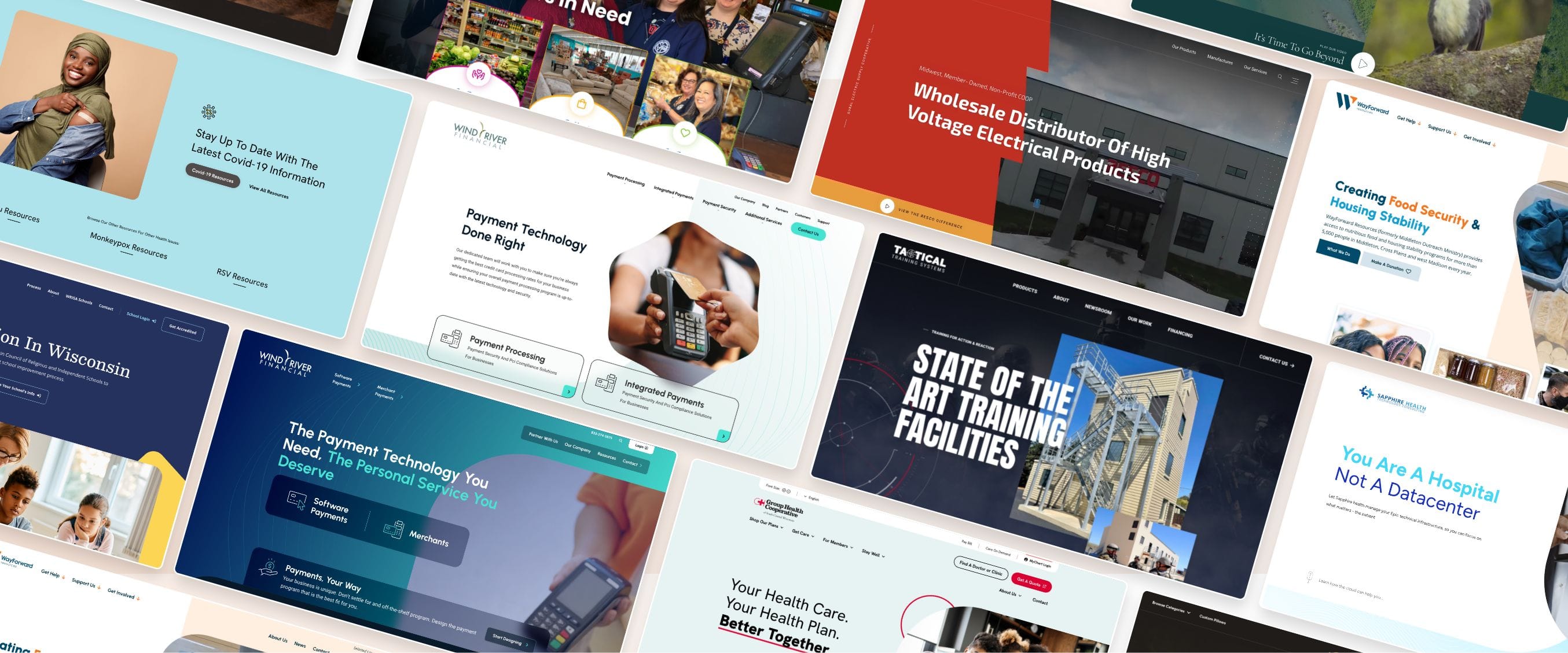The Power of User-Centered Site Layout in Growing Your Online Target Market
In an increasingly competitive electronic landscape, the relevance of user-centered website design can not be overstated. By concentrating on the demands and habits of customers, businesses can create internet sites that not just draw in yet also engage a diverse audience. Effective design principles-- such as user-friendly navigating and access-- are essential in cultivating customer fulfillment and loyalty. Nevertheless, recognizing how to take advantage of these concepts properly elevates crucial questions regarding execution and influence. What strategies can companies take on to ensure their styles reverberate with users and ultimately drive development?

Understanding User-Centered Layout
User-Centered Style (UCD) is an essential technique to site advancement that focuses on the requirements, preferences, and actions of end individuals throughout the style procedure. This technique stresses comprehending individuals deeply-- via study methods such as meetings, studies, and use screening-- to develop a website that resonates with them. By incorporating individual comments at every stage, designers can guarantee that the end product straightens closely with user assumptions.
UCD promotes iterative style, where prototypes are examined and fine-tuned based on customer communications and experiences. This cycle not only boosts use however likewise cultivates a feeling of ownership amongst users, as they feel their input is valued and impactful. In addition, UCD helps recognize prospective obstacles and pain factors in the individual journey, enabling designers to resolve these difficulties proactively.
Ultimately, accepting UCD leads to internet sites that are much more instinctive, appealing, and efficient. By putting users at the center of the layout process, organizations can develop digital experiences that not just attract however additionally keep their target market, driving higher contentment and loyalty. In an affordable online landscape, this method is essential for accomplishing continual success.
Key Principles of Customer Experience
A successful customer experience (UX) rests on several key principles that lead the design procedure and boost communication in between users and the site. First and leading, usability is vital; the internet site has to be intuitive, permitting users to navigate quickly and locate details quickly. This includes clear labeling and a logical structure that lessens cognitive lots.
Secondly, availability plays an important role in making sure that all users, regardless of their impairments or abilities, can efficiently involve with the site. Incorporating alt message for photos, keyboard navigating, and display viewers compatibility cultivates inclusivity.
Uniformity is one more necessary concept. A cohesive design language, from color pattern to typography, aids individuals develop experience and count on with the site (Website Design). It also enhances brand name identity
In addition, responses mechanisms are important. Users should obtain clear and immediate actions to their actions, whether via aesthetic hints or confirmation messages, which boosts their self-confidence in navigating the site.
Lastly, mobile responsiveness can not be forgotten. With a boosting number of customers accessing web sites by means of smart phones, a design that adjusts perfectly to numerous screen dimensions is important for maintaining a favorable individual experience.

Advantages for Online Involvement
Reliable online involvement supplies many benefits that can significantly boost a web site's overall efficiency - Website Design. By cultivating significant communications in between individuals and the site, organizations can cultivate a loyal target market that returns with regularity. Involved individuals are more most likely to share content, consequently increasing natural reach and drawing in brand-new visitors via word-of-mouth promotion
Boosted online engagement additionally leads to improved customer satisfaction. When users locate a site that reverberates with their needs, they are a lot more likely to explore its offerings extensively, which can result in greater conversion prices. Furthermore, engaging material urges users to spend even more time on the site, decreasing bounce rates and favorably affecting search engine ranking formulas.
Furthermore, reliable engagement supplies very useful visit this site insights right into customer preferences and habits (Website Design). By assessing user interactions, organizations can tailor their web content and layout strategies to satisfy the progressing assumptions of their target market. This flexible strategy not just boosts engagement however likewise enhances the brand name's reputation as receptive and user-centric
Eventually, focusing on on-line engagement with user-centered style develops a flourishing ecological community where both the organization and the target market advantage, bring about sustained development and success in the digital landscape.

Techniques for Efficient Style
To maximize the Related Site advantages of online engagement, utilizing certain strategies in internet site layout is paramount. Instinctive navigating is crucial; customers need to easily locate details without complication. A well-structured menu, clear tags, and a sensible power structure boost the customer experience and minimize bounce prices.
Second, responsive layout is crucial in today's multi-device setting. Making certain that a website adapts effortlessly to different display dimensions fosters ease of access, thereby suiting a broader audience. This versatility not only improves customer contentment however also favorably influences online search engine positions.
Third, the use of aesthetic pecking order overviews users' attention to essential elements, such as phone call to activity (CTAs) Employing contrasting shades, varying font dimensions, and critical spacing can successfully direct users towards preferred activities, assisting in greater communication.
Furthermore, implementing regular branding throughout all pages constructs count on and acknowledgment. A cohesive shade typography, scheme, and images enhance brand identification and create an expert look.
Finally, maximizing loading rates is important. Customers are less most likely to involve with a slow-loading site, making efficiency optimization a critical facet of effective style. By integrating these strategies, web site makers can boost individual experience and inevitably expand their on-line target market.
Real-World Success Stories
Success tales in user-centered website design highlight the tangible advantages of prioritizing individual experience. As a result, they experienced a 250% boost in on the internet contributions, demonstrating how an instinctive style can drive customer interaction and support.
Another compelling case is that of Airbnb, which utilized user-centered style principles to boost their booking my site procedure. By simplifying the user journey and integrating tailored referrals, they dramatically lowered site abandonment rates. This focus on user experience added to an income development of over 70% in a solitary year, highlighting the connection in between properly designed user interfaces and financial success.
In addition, the ecommerce giant, ASOS, executed user screening to improve their mobile app. By resolving user pain factors, they accomplished an amazing 30% increase in mobile sales. These instances highlight that spending in user-centered style not only enhances individual satisfaction however likewise drives concrete service results, enhancing the critical duty of user experience in achieving on-line development.
Final Thought
By focusing on user needs and choices, businesses can develop available and intuitive electronic experiences that cultivate loyalty and drive conversions. The combination of individual responses throughout the layout process not only reduces bounce rates yet additionally motivates exploration.
User-Centered Design (UCD) is a basic technique to website development that focuses on the demands, choices, and behaviors of end customers throughout the layout process. By integrating individual responses at every stage, developers can make certain that the last item aligns closely with user assumptions.
A successful user experience (UX) hinges on several vital concepts that guide the layout procedure and boost communication between users and the website.Success stories in user-centered site style illustrate the tangible advantages of prioritizing individual experience. These instances highlight that spending in user-centered layout not just enhances user complete satisfaction yet likewise drives concrete company outcomes, enhancing the crucial function of user experience in accomplishing on the internet development.